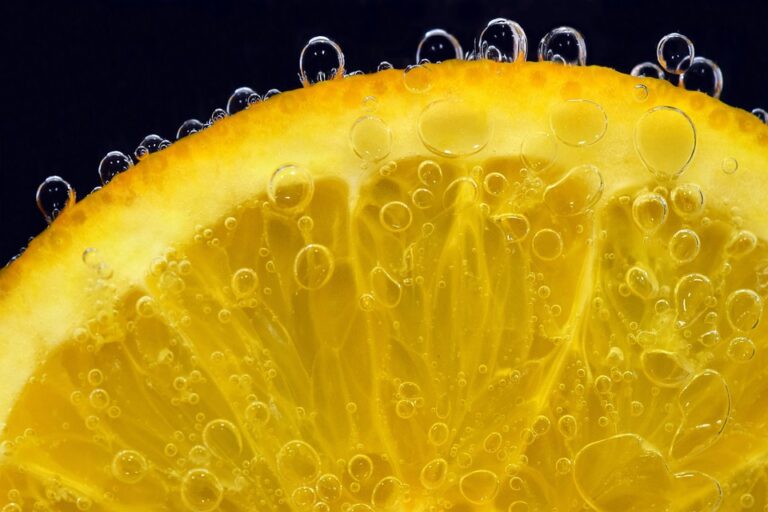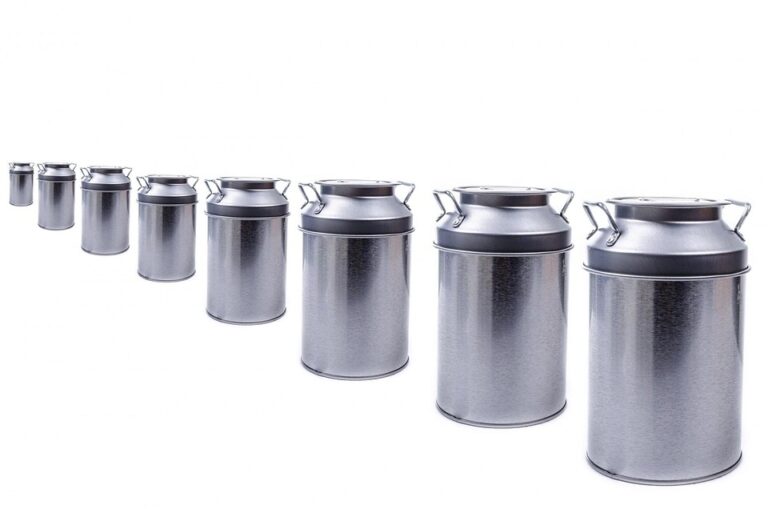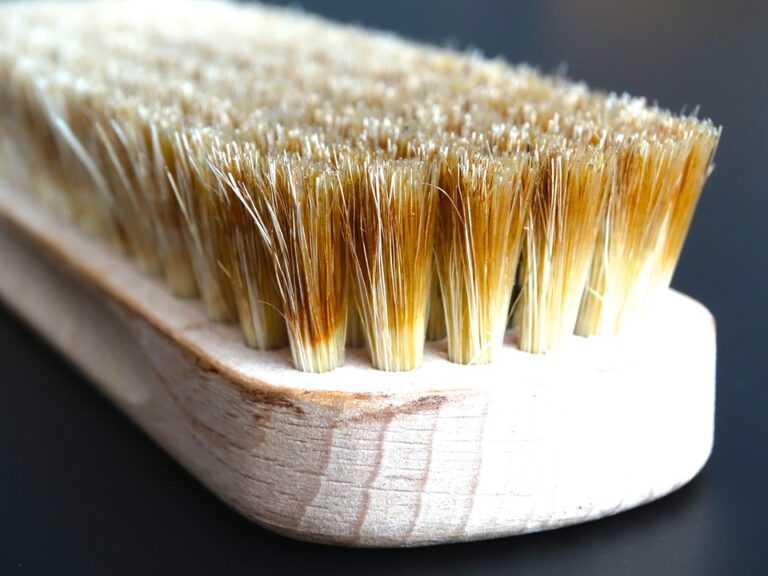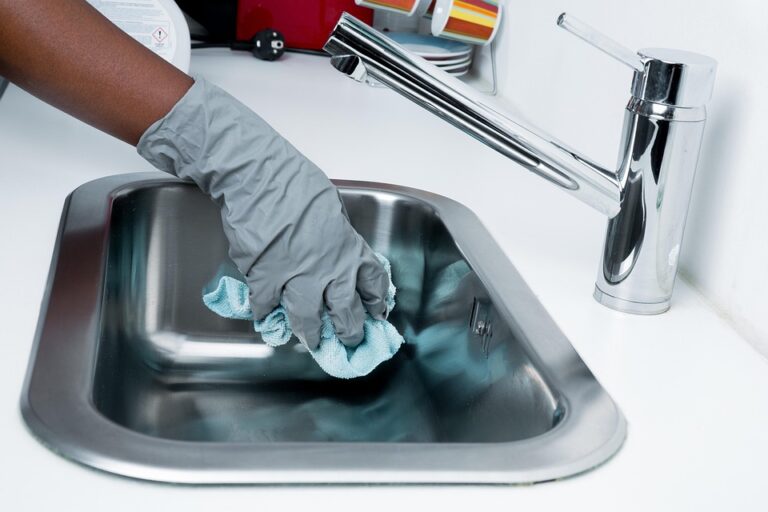
Exploring the Common Types of Band-Aids: A Comprehensive Guide to Choosing the Right One for Your Needs
When it comes to minor injuries, the humble Band-Aid stands as a testament to human ingenuity. Yet, despite their ubiquitous presence in households and first aid kits across the UK, not all Band-Aids are created equal. With an array of options available, understanding the different types can make all the difference in your recovery journey. So, how do we discern which Band-Aid is right for a specific situation? Let’s delve into this fascinating world of adhesive bandages.
1. The Classic Adhesive Bandage
First and foremost, we have the classic adhesive Band-Aid, a staple in any first aid kit. These are typically made of a thin, flexible material and are designed to cover small cuts and scrapes. They often come with a cushioned pad that absorbs minor bleeding while keeping out dirt and germs. But what makes them so universally appealing? The simplicity of use, of course. Just peel, stick, and you’re good to go. However, it’s vital to remember that they are not waterproof. If you plan on submerging your injury in water, you might want to consider alternatives.
2. Waterproof Bandages
For those who lead an active lifestyle, waterproof bandages are a game changer. These Band-Aids are coated with a special material that allows them to withstand moisture, making them ideal for swimming or showering. They offer an extra layer of protection against infections, particularly in environments where exposure to water is inevitable. Still, one must wonder: do they compromise breathability? Some studies suggest that while they are effective at keeping water out, their ability to allow air to reach the wound may be limited. A trade-off worth considering for your particular situation.
3. Antiseptic and Medicated Bandages
What if your cut is more than just a superficial scrape? In such cases, antiseptic or medicated Band-Aids come into play. Infused with antiseptic agents, these bandages not only protect the wound but also aid in the healing process. They are particularly useful for cuts that may be prone to infection. However, one could argue: is the additional cost justified? Many medical professionals assert that the benefits often outweigh the price, especially when you consider the potential for a more intricate infection down the line.
4. Fabric Bandages: The Comfort Factor
Another option that deserves mention is the fabric Band-Aid, typically crafted from soft, flexible fabric that conforms to the skin. These are especially beneficial for larger wounds or those in areas that experience frequent movement, such as joints. The fabric allows for greater flexibility and comfort, which is paramount for daily activities. However, it’s crucial to assess your specific needs: are you looking for durability or comfort? The answer may influence your choice.
5. Specialty Bandages: Hydrocolloid and Beyond
For more serious injuries, specialty bandages like hydrocolloid dressings can provide significant benefits. These dressings create a moist environment conducive to healing, which can be particularly effective for blisters or deeper cuts. They also tend to be more absorbent than traditional Band-Aids, reducing the need for frequent changes. Yet, there’s a caveat: they can be more expensive and may not be available in all pharmacies. Should you need such a dressing, it may be wise to plan ahead.
Making the Right Choice
In the grand scheme of first aid, the choice of Band-Aid can be somewhat overshadowed by the injury itself. Nevertheless, selecting the appropriate type can greatly influence healing time and comfort. With various factors to consider—such as the nature of the wound, lifestyle, and personal preferences—making an informed decision is paramount.
In a world where minor injuries occur regularly, the right Band-Aid serves as a small yet essential ally. At BargainsTrust, we continuously strive to bring you the best recommendations for your needs, ensuring you’re well-equipped for whatever life throws your way. Remember, a little preparation can go a long way in protecting your health.






